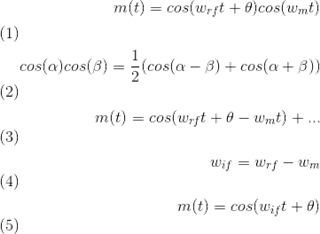nRF52811 has only one receiver. Most accurate direction finding can be made based on estimation of phase difference between two signals received in two spaced antennas. Such phase difference can be accurately estimated if we take samples in two receiving channels at the same moment. So, two receiving channels shall have the same coherent LO source and samples shall be made synchronously. Correspondingly, I would like to ask have 3 questions:
1. Can we use two nRF52811 systems with the same coherent LO source?
2. Can we synchronize IQ sampling moments in both nRF52811 systems?
3. If question 1 and 2 are negative, what AOA estimation approach shall be used with nRF52811 ?
If my questions are incorrect, I would appreciate any clarifications regarding that.



